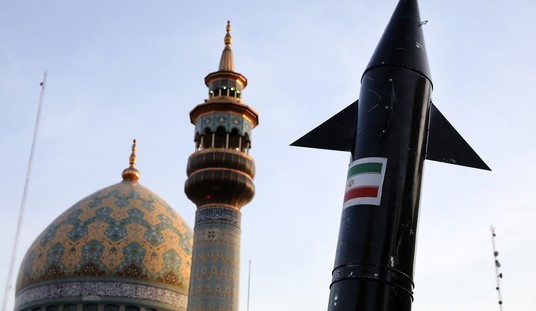Just four days after Christmas 1940, Hitler turned London into earthly hell. December 29 was London’s longest night, the night Hitler tried to burn London down and incinerate the majestic St. Paul’s Cathedral.
At sunrise the dome of St. Paul’s stood, though surrounded by a smoldering warscape of total destruction. The salvation of St. Paul’s Cathedral from the inferno uplifted British spirits and is a Christmas story worth retelling seventy-three years later.
By December 1940, nearly all the democracies of Europe had fallen to the Nazi menace. Germany itself started the process in 1933 when an enlightened democracy suffered the sudden concentration of power into an ideologically driven central state. Mania followed. Austria, Czechoslovakia, Poland, Norway, France, Denmark, Belgium, Luxembourg, and the Netherlands all fell to Hitler.
By Christmastime 1940, Britain stood alone against the evil which had consumed Europe.
Hitler aimed to break England’s will. He wanted England to be content with Nazi control of continental Europe.
On December 29, 1940, fire was his weapon of choice.
The Luftwaffe’s air war over England had raged for months. Londoners had grown accustomed to the wail of air raid sirens and nights sleeping underground in tube stations. The Blitz first focused on military targets, then strategic targets, and then conventional bombings which affected civilian areas.
But on the night of December 29, Hitler attempted to terrorize and eradicate the civilian population of London with a gruesome deliberateness he would also employ against continental Jews.
London was under blackout orders, so Hitler’s first wave of bombers enjoyed the use of two radio beacons beamed from France. When the beams intersected, the bombers were over their targets – the civilian, publishing, and garment industry neighborhoods of East London.
Instead of explosions, Londoners heard the dull thuds of objects hitting rooftops.
No explosions, just thump, thump, thump, thump, thump.
These were incendiaries hitting rooftops then igniting. Over the next few hours, waves of German bombers dropped over 10,000 incendiaries and created a firestorm that destroyed London all around St. Paul’s. Waves of bombers followed through the night, dropping conventional bombs and blasting the firemen battling the firestorm the incendiaries started.
London firefighters, including Leonard Rosoman, battled the fires all around St. Paul’s. Rosoman would later paint images of firefighters he knew dying that night, some of which now hang in the Imperial War Museum.
But it was futile. The devious Nazis had timed the attack to coincide with low tide on the Thames, limiting the supply of available water. The fire created wind, and the wind created a firestorm.
Realizing that nothing could extinguish the firestorm, Prime Minister Winston Churchill gave the order: “Save St. Paul’s!”
Churchill knew that the Christopher Wren-designed dome of St. Paul’s was a national and religious symbol of pride. Buried in its crypt were English heroes such as John of Gaunt, Admiral Horatio Nelson and Arthur Wellesley, the man who defeated Napoleon and ushered in Catholic emancipation in England.
After Churchill’s order, all firefighting resources were devoted to saving the towering dome of St. Paul’s. Walter Matthews, the dean of St. Paul’s, led bucket brigades on the roof, dousing the hot blowing embers threatening the cathedral.
Inside the dome, a volunteer scampered over beams to dislodge an incendiary bomb that had landed on the lead-lined dome, burned through it, and threatened to set the wooden internal structure ablaze. Miraculously, it extinguished before igniting the ancient beams. The battle between Hitler’s firestorm and the church raged all night.
At sunrise, a square mile around St. Paul’s was incinerated. But St. Paul’s stood, surrounded by carnage.
Hitler had failed to destroy St. Paul’s, or the will of the British to fight him and liberate an enslaved continent.
For those celebrating Christmas, the triumphant salvation of St. Paul’s in 1940 fits easily within the Christmas season.
Christmas is about undefeatable good coming to the world in the form of a child. Christmas is about a gift given to man, the ability of man to triumph over evil, to renew the face of the Earth. Love and human dignity would triumph over murder and chaos.
St. Paul’s, and eventually all of England, would not be consumed by Hitler’s fires. The flames stopped short of destroying St. Paul’s seventy years ago, this very night, and gave England a Christmastime triumph of good over evil.
Merry Christmas.
And now, Lord, look at their threats, and grant to your servants to speak your word with all boldness, while you stretch out your hand to heal, and signs and wonders are performed through the name of your holy servant Jesus. – Acts 4: 29-31.














Join the conversation as a VIP Member